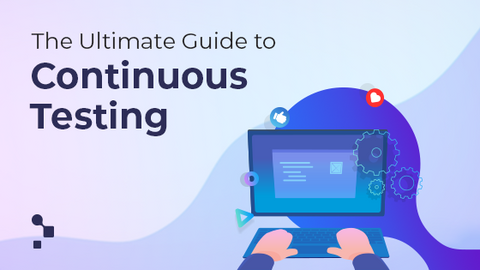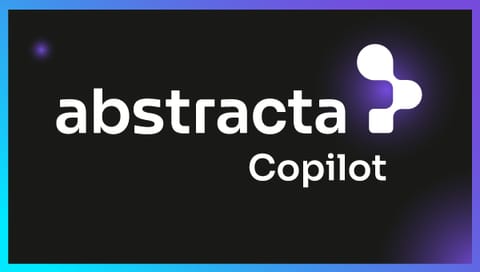Software Test Strategy: Full-Spectrum Solution
Is your software causing issues in production? Struggling to build a continuous testing flow? At Abstracta, we meet you wherever you are—and help you go further.
It all starts with the right software test strategy.
We create holistic test strategies that scale with your goals and grow with your team. Combining proven testing practices and AI agents, we strengthen your testing foundation across the development lifecycle.















